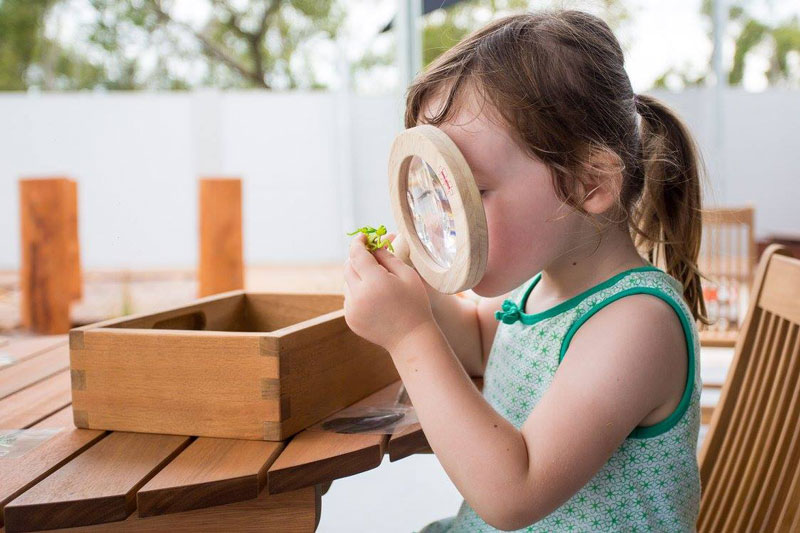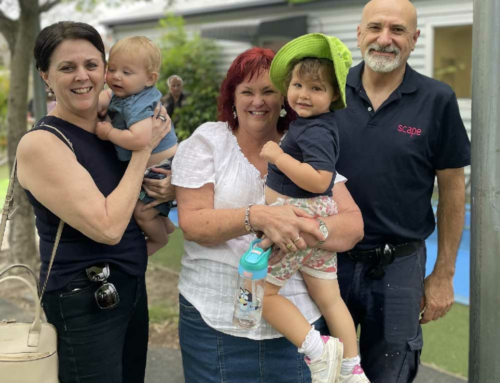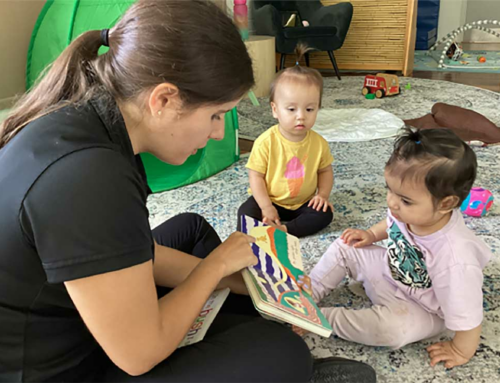As parents, we often find ourselves looking for ways to preserve precious memories from our child’s early years. A baby keepsake box can accomplish this – a place to store all those unique artefacts your baby or older child has collected over the years.
Creating a perfect keepsake box for your child is easier than you think. You can use it to capture those moments from when your baby was young or create a more permanent way to store precious items. Their treasures will become something to cherish for years to come.
Keepsake boxes, also known as memory boxes, contain invaluable sentimental pieces. But they are much more than a storage box or baby gift idea. A homemade baby memory box encourages a child to reflect on their memories and can be incredibly beneficial for their wellbeing.
Creating a personalised box with your child has many benefits, such as encouraging emotional development, enhancing memory, practising hand-eye coordination skills and inspiring their creativity.
In this article, we discuss memory and keepsake boxes and:
- Their multiple purposes.
- The benefits they provide children.
- How to make the perfect “treasure chest” for your child.
- Ideas for what to include in your child’s memory box.
- How to store and preserve a child’s keepsake or box.
Keep reading to learn how easy it is to assemble an incredible collection of reminders capturing those special times throughout life for babies and older children alike!
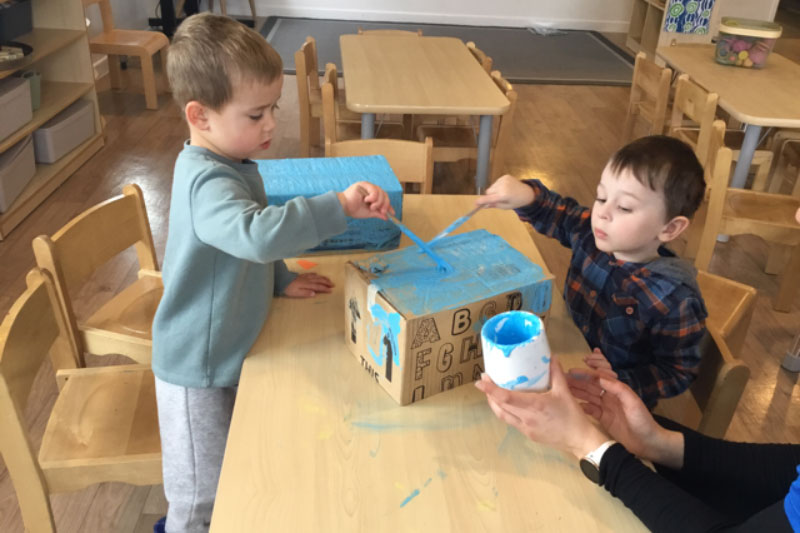
Keepsake and memory boxes purposes
Wouldn’t it be amazing to have a keepsake box filled with priceless memories you can reflect on with your child? Creating a memory box for your children is a fantastic way to share stories about their lives and enrich their sense of identity and belonging.
Keepsakes are items we want to keep because they remind us about special events, people and places. For example, a keepsake box for a baby might hold a maternity birth bracelet used to identify mum and baby, among other items.
Reflecting on the items inside these boxes can be a rewarding experience for families and their children. As parents share the stories attached to the keepsakes, it creates rich connections for the children to the world.
Sometimes, keepsake boxes are created to honour the memory of a loved one who has died. The purpose of this type of box is also to help the living with grief. Some families pass the memory boxes and their sentimental items down through their generations as they make interesting ancestry time capsules.
The elderly also benefit from having a keepsake box to stimulate memories. Reminiscing about an object is a great way to engage others in discussions and stories about the past. Retelling memories can also help soothe and calm distressed people.
A child’s treasure box has a similar purpose. Shared memories help young children learn about themselves. Toddlers and preschoolers have a fascination for looking at photos of themselves and hearing stories about when they were younger.
Keepsake boxes are a place to store the things that tell your child’s story and the moments that are meaningful to their life. It promotes the development of a child’s sense of self and the emergence of their sense of ownership to people, places, and things.
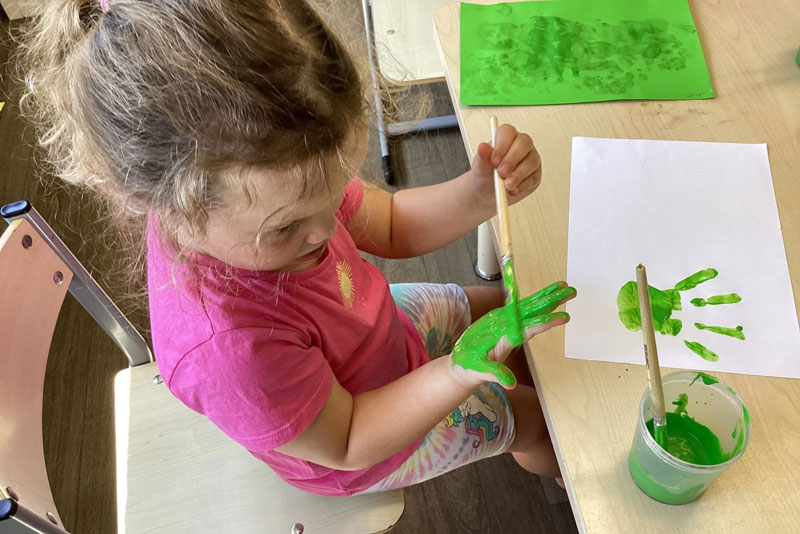
The benefits of creating a baby keepsake box
Keepsakes preserve meaningful memories, but they also provide an ideal opportunity to bond with children while reflecting on the past.
Making a box filled with keepsakes, looking through them and sharing the memories together enriches a child’s learning and development.
The benefits of making a storage box for keepsakes include:
- Preserving your child’s meaningful memories.
- Creating a collection of items that tell their story.
- Storing important records such as baby vaccinations or passports.
- Bonding with your child and enjoying time together in the present.
- Reflecting on the past.
- Nurturing your child’s sense of identity and belonging.
- Fostering their creativity through the making of the box.
- Promoting fine motor skills as they build or decorate their box.
- Encouraging children to use words to retell stories or ask questions.
- Listening to a child’s ideas and thoughts about their keepsakes.
- Using language and other senses to help foster a child’s memory-making.
- Recycling materials to create a child’s treasure box.
- Creating opportunities to share family stories, history and culture.
You can start a new family custom by creating and sharing memories with keepsake boxes. It is a beautiful way to welcome the new year by sharing the stories of the past while making a new box for the future.
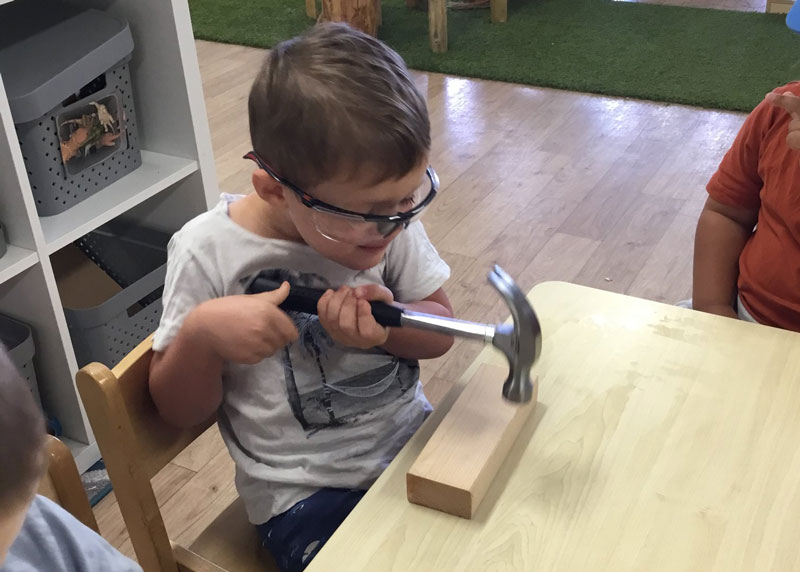
How to make a homemade keepsake box for your child
Homemade keepsake boxes give memories that personal touch! There are several ways to make a box to fill with memories, from repurposing an existing storage box to making your own. The size of your box depends on the types of personal items it will store and how many.
Some keepsake boxes are made from cardboard boxes like shoe boxes. Your child can decorate their shoebox with their favourite colours, fabric, paper, photos and loose parts and then fill them with treasured memories.
Another ideal box is an old-school port or a small suitcase. These make perfect storage holders for larger keepsakes. Like shoeboxes, your child can decorate their case with natural materials and loose parts, magazine or newspaper clippings and paint.
Our final suggestion is a DIY idea of a memory box made out of upcycled wood. Handy families will love this crafty suggestion that repurposes something old, like a wooden crate or pallet, into a sturdy wooden keepsake box. Paint it, decorate it and get creative!

Ideas for what to include in a child’s keepsake box
Whether your keepsake box is for your baby or older child, we have several ideas to get you started. These special items are sure to trigger some wonderful memories and stories. Encourage your child to add to their special treasures and tell their own stories.
- Baby’s ultrasound photos.
- Mum’s pregnancy record.
- Baby’s first clothing and accessories.
- Birthday cards, letters or special messages from relatives.
- First teddy bear or blanket!
- A lock of hair.
- Baby teeth.
- Birth certificate and other vital documents.
- Handprints, footprints and casts.
- Travel records.
- Learning journals.
- Baby journals noting major events or milestones.
- Your child’s favourite baby book.
- Their Personal Health Record (PHR).
- Medals, ribbons and awards – such as learn to swim certificates.
- Collection of pictures from important occasions.
- Early childhood education and care graduation keepsakes!
- A record of firsts – such as first crawl, first walk or first word.
- Artwork created by your child over the years.
- Musical instruments such as a recorder or guitar.
- Digital memories, like photos, voice and video recordings.
- Scrapbooks with special memories enclosed.
- Sea shells – to remind them of their first visit to the beach.
- Scents such as mum’s perfume or dad’s aftershave.
- Their favourite bath toy!
- Letters and postcards.
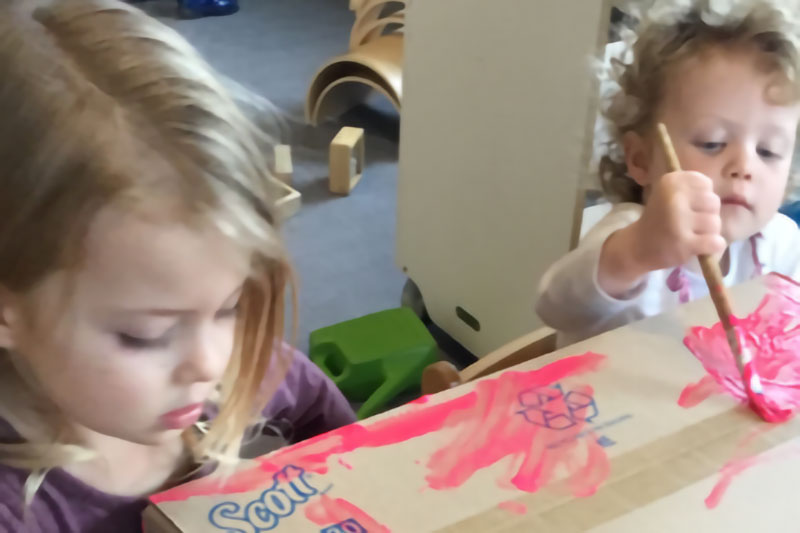
How to store and preserve a child’s keepsake box over time
To ensure that your keepsake box lasts for generations:
- Wrap fragile items with acid-free tissue paper inside memory boxes. It will help prevent delicate items from tearing with age.
- Store heavier items at the bottom to avoid crushing lighter ones on top when stacking them up in the box.
- Use plastic storage containers for smaller loose objects such as coins or jewellery that don’t fit into larger boxes.
- Avoid direct sunlight, which could cause fading of photographs or other mementos stored in it.
Keepsake boxes are a great way to preserve and honour our special memories. Whether it’s a keepsake box for a baby or specially collected treasures and memories for your toddler or preschooler, homemade keepsake boxes are delightful treasure boxes strengthening a child’s sense of belonging and identity.

Create incredible experiences for your child with Petit Early Learning Journey
At Petit ELJ, our educators pay particular attention to noticing children’s experiences – their memorable moments and learning stories. We listen and bond with children about their ideas and thoughts and share play experiences and learning progress with families.
We listen to children and involve their families in our services, where everyone’s information, insights and perspectives unite, engaging children in incredible play-based learning and care experiences. Are you seeking an inspiring environment where your collaboration is welcome and children thrive?
